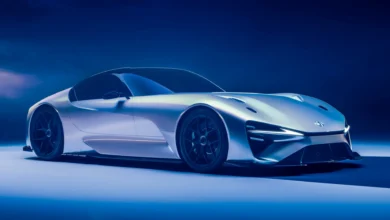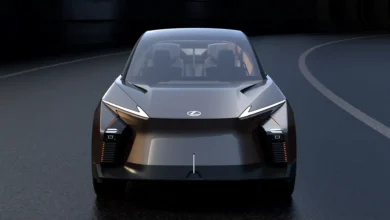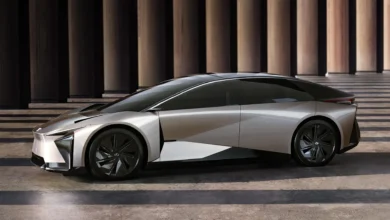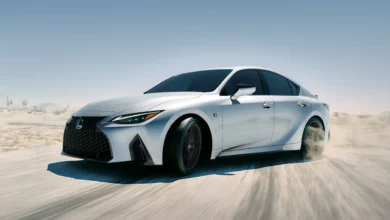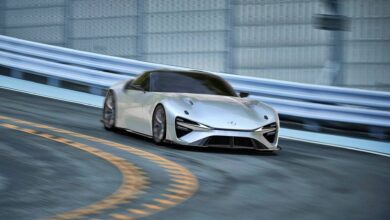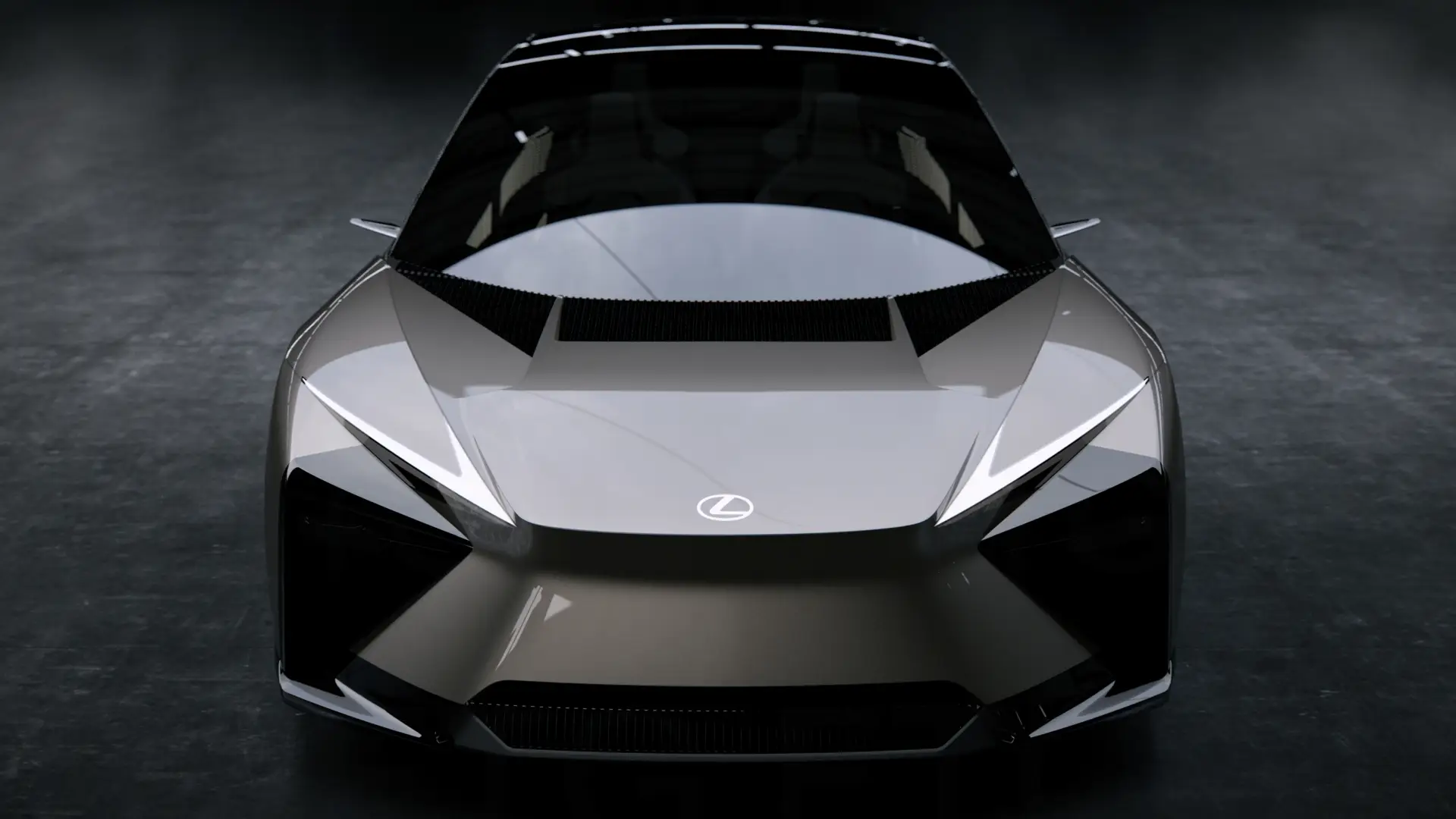
In 2026, Toyota will debut a new electric platform developed from scratch for vehicles of this type. This architecture will replace the current e-TNGA, which we can find in proposals such as the bZ4X or the Lexus RZ 450e, which were designed to be able to share a production line with thermal models.
This new dedicated platform will be accompanied by a series of innovations in the production process that will allow Toyota to streamline and lower the cost of the development and production process of its future electric cars. In addition, in 2027/2028 it will launch its long-awaited solid electrolyte batteries, developed jointly with Panasonic, on the market.
However, before the arrival of this technology, Toyota will deploy other types of batteries to close the gap with its main competitors, such as BYD and Tesla. Thus, in 2026 it will begin to produce “Performance” batteries that, compared to the approximately 310 mile WLTP range of the bZ4X, will allow the creation of cars with more than 500-mile WLTP.
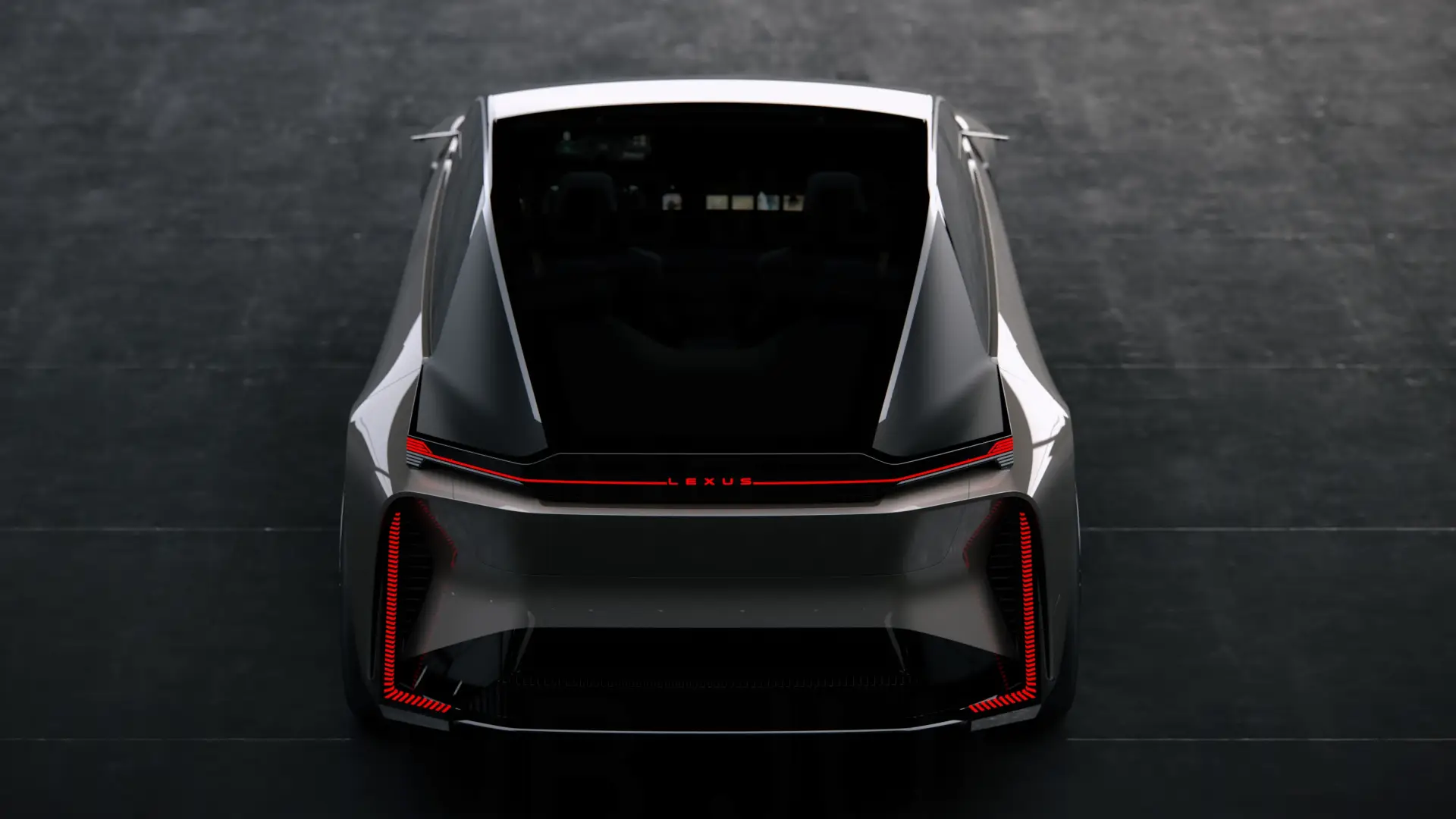
Everything indicates that its debut will take place with the production version of the LF-ZC Concept prototype, a medium sedan (D segment) measuring 4.75 meters long. The international president of Lexus, Takashi Watanabe, confirmed during the last Japan Mobility Show that this vehicle will achieve a range of 620 mile under the Chinese CLTC cycle.
The next electric cars from Toyota and Lexus will be more aerodynamic and efficient
This will be achieved without the need to use a large pack. «If we say that we can travel 620 mile with this car, but we put more batteries in it and it is heavier and more expensive, that does not imply any technical challenge. » the LF-ZC will use “only” 80 kWh battery, so it will be an extremely efficient vehicle.
One of the keys to achieving 500-mile WLTP or 620 mile CLTC without resorting to a large, heavy battery with a large environmental footprint will be to reduce the size of many of the car’s components, as well as optimize aerodynamics as much as possible. Simon Humphries, Lexus brand director, points out that minimizing the main systems (steering, air conditioning, etc.) will allow better use of space and accommodate flatter and thinner batteries.
